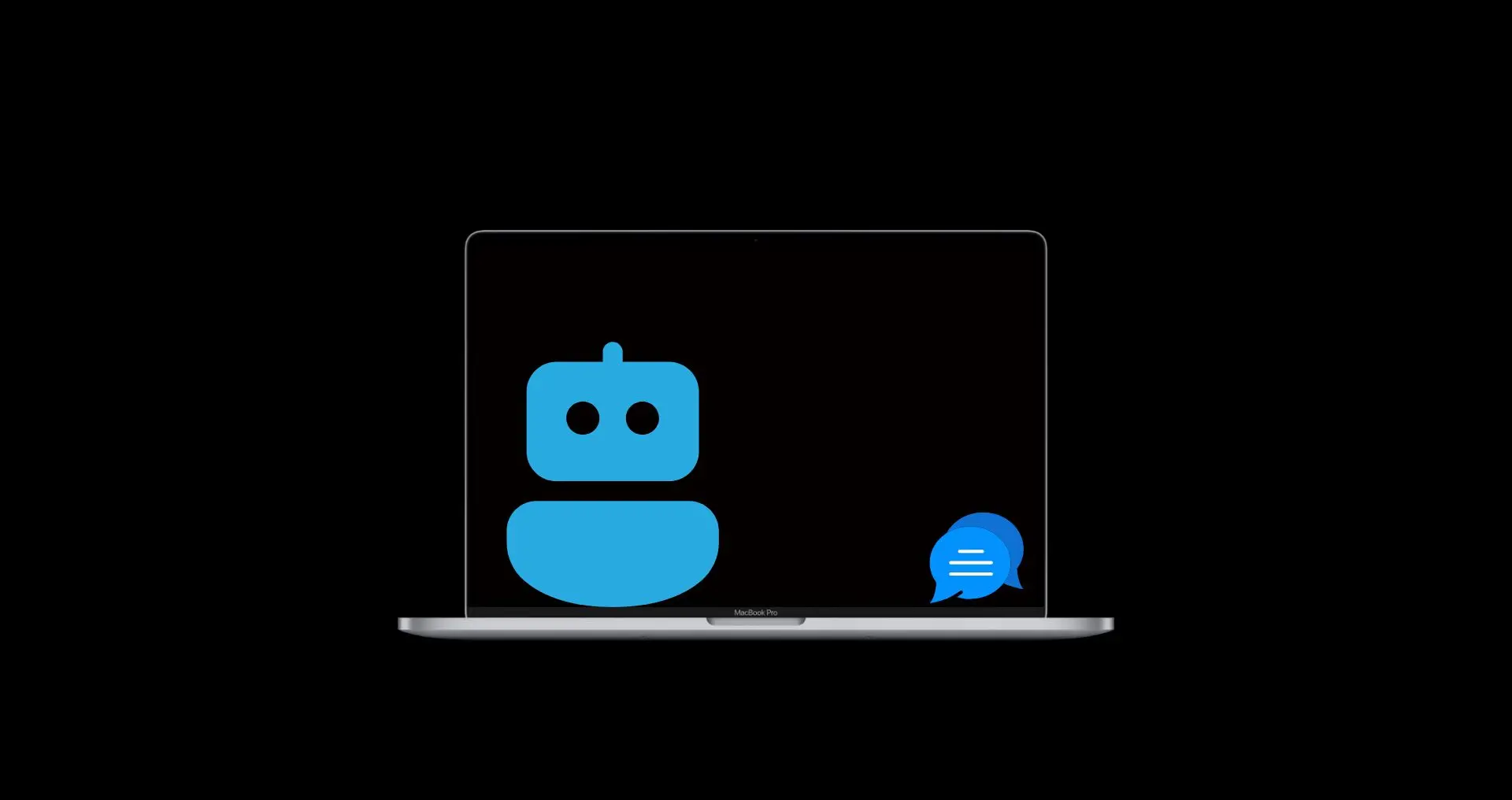Have you ever wondered about the real difference between AI agents and chatbots? While both tools help businesses automate tasks and improve customer experience, they serve distinct purposes. Through our work developing custom AI-powered chatbot, we’ve gained deep insights into when and how to use each technology effectively. In this comprehensive guide, we’ll break down what makes each technology unique and help you decide which one fits your needs best.
Understanding the Basics: AI and Chatbots
The Evolution of Artificial Intelligence
Remember when AI was just a concept from science fiction? Today, it’s everywhere – from your smartphone to your smart home devices. AI technology has grown from simple rule-following programs to sophisticated systems that can learn and adapt. Modern AI includes various technologies like machine learning, natural language processing (NLP), and computer vision. These systems can now understand human language, spot patterns, and make smart decisions, much like a human would.
Let’s look at a practical example: Consider how Netflix uses AI to recommend shows. It doesn’t just look at what you’ve watched – it analyzes your viewing patterns, when you pause or rewind, what genres you prefer at different times of day, and even how you rate similar content. This sophisticated AI system creates a personalized viewing experience that gets better the more you use it.
Think of AI as a digital brain that grows smarter with experience. Each interaction helps it learn and improve, making it more valuable over time. For example, when AI helps you shop online, it learns from your choices to make better recommendations next time.
What Makes AI Chatbot Tick?
A chatbot is like a digital customer service representative that’s available 24/7. It’s a program designed to chat with users through text or voice, helping them with common questions and tasks. Most chatbots you interact with today use NLP to understand what you’re asking and provide relevant answers.
Here’s what makes chatbots useful:
- They handle routine questions quickly
- They’re always available
- They can serve multiple customers at once
- They maintain consistent responses
- They reduce the workload on human staff
Let’s look at a real-world example: Imagine you’re shopping on Amazon late at night and have a question about shipping. Instead of waiting until morning to speak with a human representative, you can interact with their chatbot immediately. The chatbot can tell you shipping times, costs, and tracking information – all within seconds.
The Power of AI Agents: More Than Just Chat
What Sets AI Agents Apart?
AI agents are like the swiss army knives of the digital world – they can handle multiple complex tasks and make decisions on their own. Unlike chatbots that mostly stick to conversations, AI agents can:
- Analyze large amounts of data to make predictions
- Learn from past interactions to improve future responses
- Work across different systems and platforms
- Handle complex, multi-step tasks
- Make independent decisions based on changing situations
A real-life example is Tesla’s autonomous driving AI agent. It doesn’t just follow pre-programmed rules like early self-driving systems. Instead, it:
- Continuously learns from millions of miles of driving data
- Adapts to new situations in real-time
- Makes split-second decisions based on multiple inputs
- Improves its performance through regular updates
- Personalizes the driving experience to different conditions
Real-World Applications of AI Agents
Let’s look at how AI agents are making a difference across various industries:
In Healthcare:
- Analyzing medical images to detect potential issues
- Example: AI agents that scan X-rays can detect early signs of lung cancer with 94% accuracy
- Predicting patient readmission risks
- Example: AI Agents can understand and analyse patient data to identify those likely to need follow-up care
- Managing appointment schedules efficiently
- Example: Smart scheduling systems that consider doctor availability, patient preferences, and urgency
In Finance:
- Detecting fraudulent transactions in real-time
- Example: AI agents that monitor credit card transactions and block suspicious activity before fraud occurs
- Providing personalized investment advice
- Example: Robo-advisors that create and adjust investment portfolios based on market conditions and personal goals
- Automating risk assessment processes
- Example: AI systems that evaluate loan applications by analyzing hundreds of variables
In Education:
- Creating customized learning paths for students
- Example: AI tutors that adapt lesson difficulty based on student performance
- Grading assignments automatically
- Example: AI systems that can grade essays and provide detailed feedback
- Identifying students who might need extra help
- Example: Early warning systems that detect learning difficulties based on performance patterns
Making the Right Choice: AI Chatbot or AI Agent?
When to Choose a Chatbot
Chatbots are your best bet when you need to:
- Answer frequently asked questions
- Handle basic customer service inquiries
- Process simple requests like appointment bookings
- Provide quick, straightforward information
- Manage high volumes of routine interactions
Consider this example: A small restaurant chain implements a chatbot to:
- Take reservations
- Answer questions about menu items and allergens
- Provide current wait times
- Share location information and hours
- Handle basic customer feedback
When to Choose an AI Agent
Consider an AI agent when you need to:
- Handle complex problem-solving tasks
- Provide personalized recommendations
- Analyze data and make predictions
- Manage multi-step processes
- Learn and adapt from interactions
Example scenario: A large e-commerce company uses an AI agent to:
- Predict inventory needs based on multiple factors (seasons, trends, events)
- Optimize pricing in real-time based on demand
- Personalize the entire shopping experience for each user
- Manage complex supply chain logistics
- Predict and prevent potential customer service issues
The Future of AI Technology – AI Chatbots vs AI Agents
What’s Next for AI Agents and Chatbots?
The future of AI is exciting and full of possibilities. Here are some trends we’re seeing:
More Human-Like Interactions
AI systems are becoming better at understanding context, emotion, and nuance in conversations. This means more natural and helpful interactions with users. For example, future AI assistants might detect frustration in a customer’s voice and adjust their response style accordingly.
Enhanced Personalization
Future AI tools will offer even more personalized experiences by better understanding individual user needs and preferences. Imagine an AI agent that knows when you’re most productive and automatically schedules your most important tasks for those times.
Improved Decision-Making
As AI technology advances, both chatbots and AI agents will make more accurate and sophisticated decisions. For instance, AI agents in healthcare might predict potential health issues months before they become serious by analysing patterns in routine check-up data.
Greater Integration
We’ll see AI tools working seamlessly across different platforms and systems, making them more valuable for businesses and users alike. Think of an AI agent that can coordinate between your calendar, email, project management tools, and communication platforms to manage your workday efficiently.
Making Generative AI Work for Your Business
Implementation Tips
Ready to add AI to your business? Here’s how to start:
Assess Your Needs
- What problems are you trying to solve?
- What resources do you have available?
- What level of complexity do you need?
Start Small
- Begin with a simple chatbot for basic tasks
- Gather user feedback and data
- Expand capabilities based on results
Example Implementation Timeline:
- Month 1: Deploy basic FAQ chatbot
- Months 2-3: Gather user feedback and identify pain points
- Months 4-5: Add more complex features based on user needs
- Month 6: Evaluate performance and plan next steps
Monitor and Improve
- Track performance metrics (response time, user satisfaction, resolution rates)
- Listen to user feedback
- Update and adjust as needed
Conclusion: Choosing Your Conversational AI Assistant
The choice between a chatbot and an AI agent comes down to your specific needs. Chatbots excel at handling straightforward, repetitive tasks efficiently. AI agents are better suited for complex processes that require learning and adaptation. By understanding these differences, you can choose the right tool to improve your business operations and customer experience.
Remember, successful implementation isn’t just about choosing the right technology – it’s about understanding your needs, starting with clear goals, and being ready to adapt as technology evolves.

